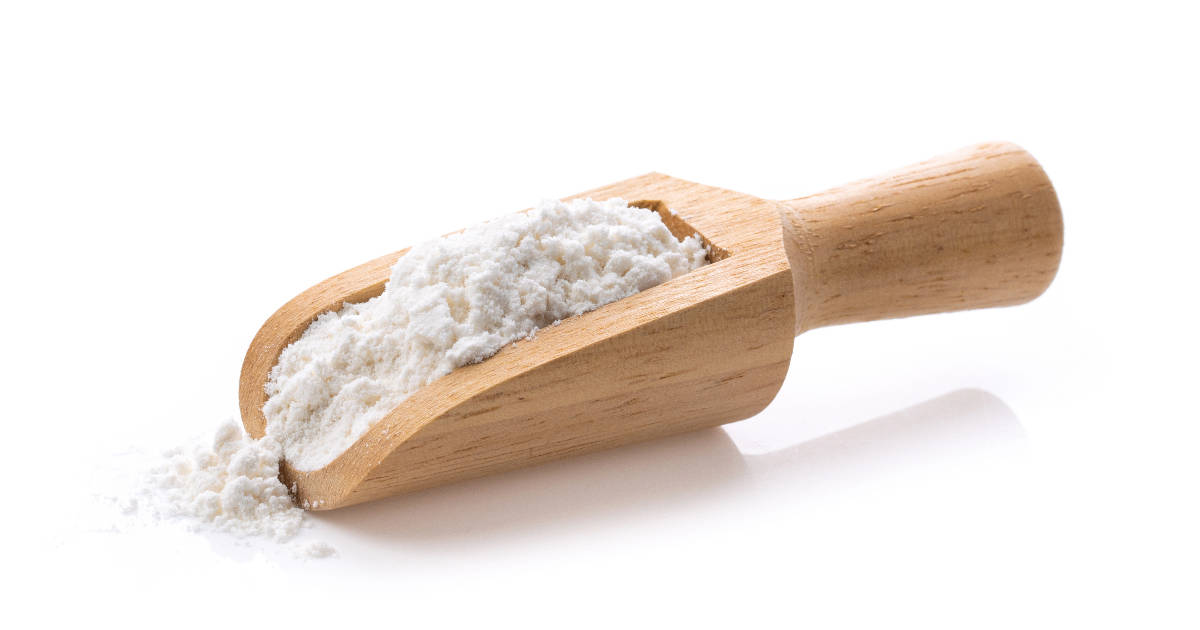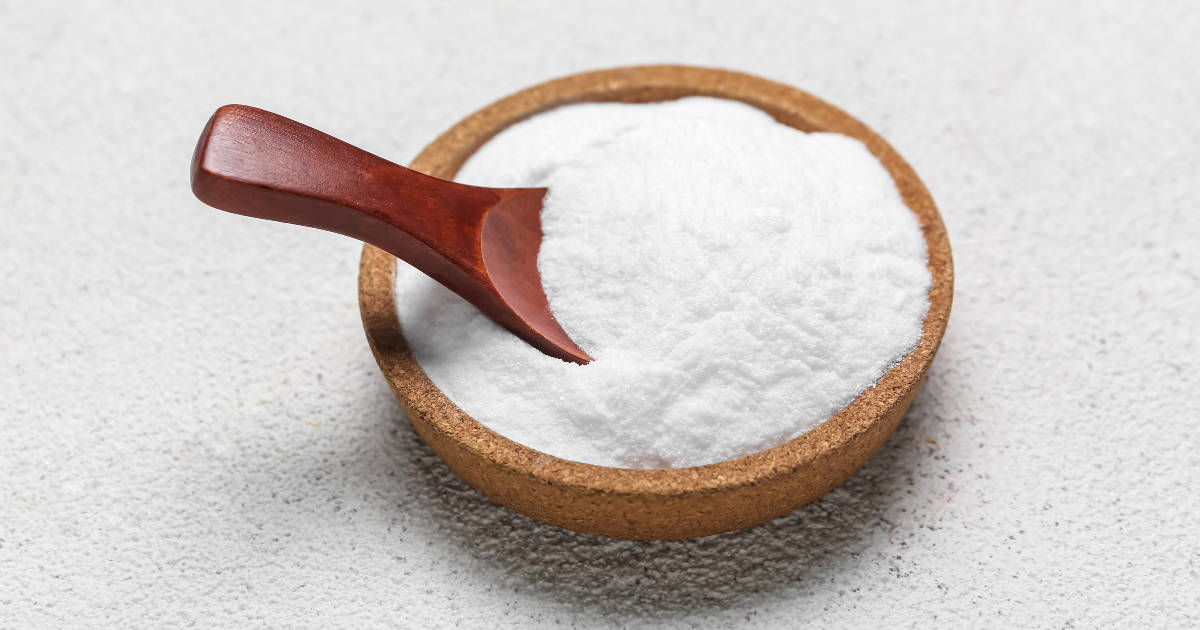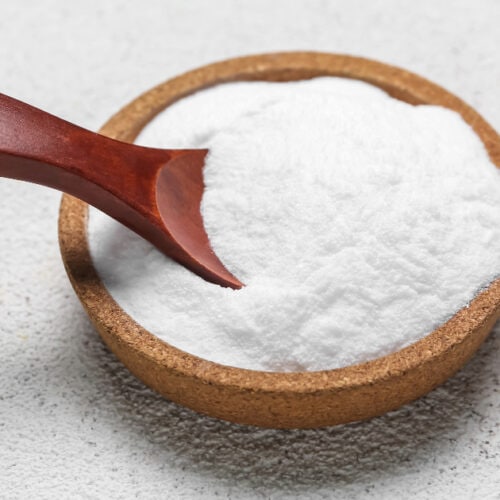Baking powder is an essential ingredient in many baked goods. It helps batters and doughs rise by releasing carbon dioxide gas into them. This gives baked items their fluffy, airy texture that we know and love. While you can buy baking powder at any grocery store, did you know you can also easily make it at home?

Homemade baking powder is inexpensive, simple to prepare, and allows you to control the ingredients. Read on to learn all about baking powder, from what it is and how it works to why you may want to make your own, as well as tips for using it in recipes.
What is Baking Powder?
Baking powder is a dry chemical leavening agent used in baked goods like cakes, muffins, scones, pancakes, and more. It's composed of a base, acid, and neutralizer. When liquid is added to baking powder, an acid-base reaction takes place that releases carbon dioxide bubbles. This causes batters and doughs to rise.
There are two main types of baking powder:
- Single-acting baking powder - Contains only one acid. It reacts when liquid is added to release CO2 bubbles immediately. Best for quick breads and batters that go into the oven right away.
- Double-acting baking powder - Contains two acids. Reacts in two stages: once when liquid is added, and again when heated in the oven. This allows for an extended rise. Best for recipes with resting/chilling time.
The base in all baking powder is bicarbonate of soda (baking soda). The acids differ between brands but usually include cream of tartar, sodium aluminum sulfate, sodium aluminum phosphate, and monocalcium phosphate. Cornstarch is typically added as the neutralizing agent to absorb moisture and prevent clumping.
How Baking Powder Works
When baking powder is combined with liquid ingredients in a batter or dough, an acid-base reaction takes place. The following happens:
- The base (baking soda) mixes with the liquid, causing it to break down into sodium and hydroxide ions.
- The acid also breaks down into hydrogen and ionized acid ions.
- The ions combine to form carbonic acid, which rapidly decomposes into carbon dioxide (CO2) gas and water.
- The CO2 gas gets trapped in tiny air pockets in the batter/dough, causing it to inflate. This makes the end product light and airy.
Double-acting baking powder contains two acids - one that reacts immediately when liquid is added, and a secondary acid that only reacts once heated in the oven. This enables CO2 production to continue, giving batters a boost partway through baking.
Baking Powder vs. Baking Soda
While baking soda and baking powder are both leaveners, they aren't interchangeable. Here are the key differences:
- Baking soda is pure sodium bicarbonate. It needs an acidic ingredient like buttermilk, yogurt, or lemon juice to activate it and cause a rise.
- Baking powder already contains acid. No additional acidic ingredient is needed to make it work.
- You need 3x as much baking soda as baking powder when substituting (since it's less concentrated).
- Baking soda makes dough spread in the oven, baking powder makes it rise.
So if a recipe calls for baking powder, don't swap in the same amount of baking soda or it likely won't turn out well. While you can substitute in a pinch if needed, it takes a careful balancing act.
Why Make Your Own Baking Powder?
While pre-made baking powder works great, there are some benefits to mixing up a batch at home:
- No aluminum compounds - Some worry aluminum is unsafe, so homemade allows you to avoid it
- No non-aluminum based acids - Homemade means no sodium aluminum sulfate, monocalcium phosphate, etc
- No metallic taste - Some report a metallic flavor from commercial baking powder
- Fresh and non-clumpy - Make just what you need, when you need it
- More economical - Baking soda and cream of tartar are cheaper than powder
- Full control over quality - Use premium ingredients
One downside is that homemade single-acting powder must be used right away - unlike double-acting powder which lasts on the shelf. However, the upsides often make it worth it!
How to Make Homemade Baking Powder

Luckily, baking powder can easily be whipped up from ingredients you likely have on hand. Here's how:
Ingredients Needed
- Baking soda (base)
- Cream of tartar (acid)
- Cornstarch or arrowroot (anti-caking agent) - optional
That's it! Just 3 basic kitchen staples.
Recipe & Ratios
For 1 teaspoon baking powder:
- 1/2 teaspoon cream of tartar
- 1/4 teaspoon baking soda
- 1/4 teaspoon cornstarch or arrowroot - optional
To make a larger batch, maintain a ratio of:
- 2 parts cream of tartar
- 1 part baking soda
- 1 part cornstarch/arrowroot - optional
So for 1 cup of homemade baking powder:
- 2/3 cup cream of tartar
- 1/3 cup baking soda
- 1/3 cup cornstarch or arrowroot powder
Steps:
- Measure out ingredients in the proper ratio.
- Whisk together thoroughly until well combined into a uniform powder.
- Store in an airtight container in a cool, dry place. Label with recipe and date.
Be sure to leave out cornstarch if using it immediately, as it will absorb moisture during storage over time.
How to Use Homemade Baking Powder
When using homemade baking powder, keep these tips in mind:
- Made in small batches and used right away - don't store more than you need for a month or two.
- Carefully follow the recipe instructions for the amount. Too much can negatively impact texture and taste.
- Add it at the very end when mixing dry and wet ingredients. Overmixing causes CO2 loss.
- Get batter or dough in the oven immediately after mixing in powder. Don't let it sit.
- Ideal for recipes like muffins, pancakes, quick breads etc. Not as well suited for cookies.
- Test old powder first. If it doesn't foam with hot water, it's expired and inactive.
With the right technique, homemade single-acting powder works wonderfully in all kinds of baked treats!
FAQ
Does baking powder expire?
Yes, baking powder has a shelf life and will eventually lose its potency. Double-acting powder expires faster than single-acting. Properly stored, expect baking powder to last:
- Double-acting: 6-9 months
- Single-acting: 9-12 months
How can you test old baking powder?
To test baking powder age and strength, stir 1 teaspoon into 1/3 cup hot (not warm) water. If it bubbles vigorously, it's still good. No reaction = toss it!
Can baking powder be substituted for baking soda?
Baking soda can sometimes be used in place of baking powder, but not as a 1:1 swap. You'll need 3x the amount of baking soda, plus need to add more acidity (buttermilk, yogurt, lemon juice) to balance it. It's trickier and may take trial and error.
What happens if you use too much baking powder?
Too much baking powder can give baked goods an unpleasant bitter, chemical taste. It can also cause problems with texture and structure, like excessive air pockets, doming, or collapse. Stick to the recipe amounts.
Is baking powder gluten-free?
Yes, plain baking powder without any added starches is gluten-free. However, some brands add wheat starch, which does contain gluten. Be sure to read labels if avoiding gluten.
Should baking powder be sifted?
Sifting helps break up any clumps in baking powder, allowing it to integrate smoothly into batters and doughs. So sifting it with the flour is a good idea for evenly distributed leavening power.

Homemade Baking Powder
Ingredients
- 1 teaspoon baking soda
- 2 teaspoons cream of tartar
- 1 teaspoon cornstarch or arrowroot powder (optional)
Instructions
- Combine baking soda and cream of tartar in a small bowl. Mix well with a fork or whisk.
- If making a larger batch to store, add the cornstarch or arrowroot to absorb moisture and prevent clumping.
- Use immediately or store in an airtight container in a cool, dry area.
- To test efficacy, mix 1 tsp powder with 1/3 cup hot water. It should bubble vigorously.
- Add to batters and doughs as directed in recipes. Mix in at the very end.
- Get baked goods into oven quickly after adding to maximize rise.
Conclusion
While baking powder is readily available in stores, it can also easily be made at home with just baking soda, cream of tartar, and cornstarch or arrowroot powder. Homemade lets you control the quality of ingredients and avoid aluminum compounds sometimes found in commercial versions.
Just be sure to use it promptly and properly measure amounts. With the right techniques, homemade single-acting baking powder works wonderfully in all kinds of baked goods from fluffy pancakes to feather-light cakes.
Give it a try next time a recipe calls for this essential leavening agent!

